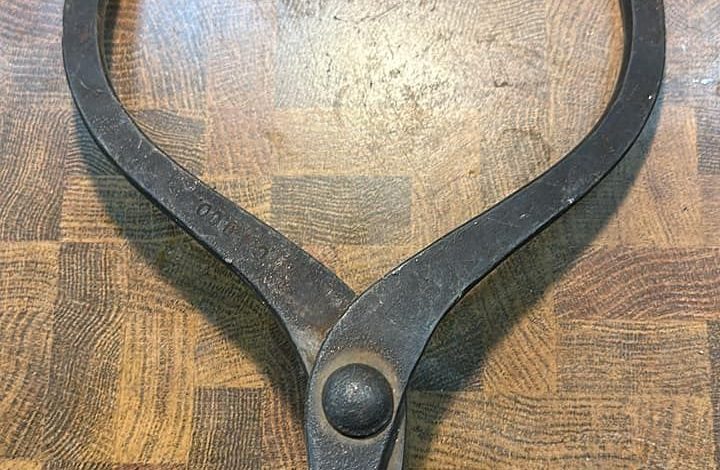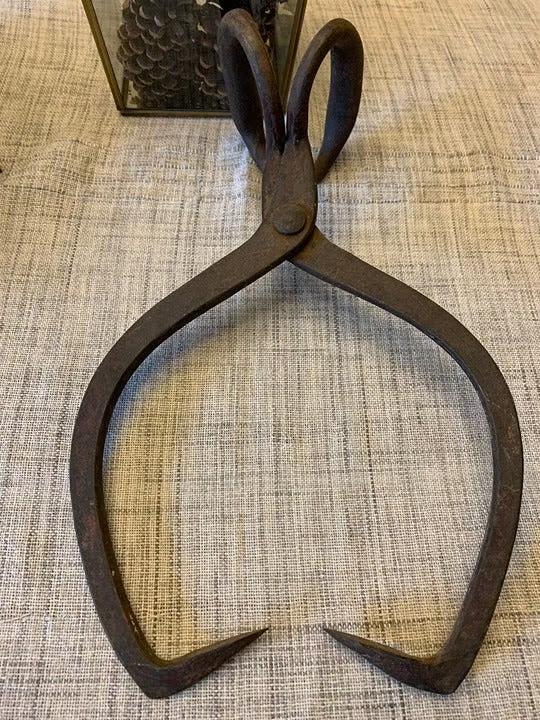
The Story of the Icebox: A Forgotten Relic of the Past…
In the attic of a nearly century-old home, buried under layers of dust and forgotten belongings, a relic of the past sat in quiet solitude. It was a heavy wooden box—solid, worn, yet still standing strong against the test of time. This was no ordinary piece of
furniture; it was an icebox, a symbol of an era when keeping food fresh required effort, patience, and the steady rhythm of ice deliveries.
The new owner of the house, the great-grandchild of the original builder, found herself captivated by this object. As she brushed away the dust and opened the heavy lid, she wasn’t just looking at an old appliance—she was stepping into the past.

A Glimpse Into a Time Before Refrigerators
Before the hum of modern refrigerators filled every kitchen, iceboxes were essential. In the early 1900s, they were the lifeline of food preservation. Families relied on ice deliveries, often brought by men with strong backs who hauled massive blocks of ice from wagons into homes. These blocks would be placed inside the icebox, keeping milk, meat, and produce from spoiling too quickly.
The system was simple but effective. The ice would slowly melt, draining through a small pipe or pan that needed to be emptied regularly. Compared to today’s effortless refrigeration, it was an entirely different world—one where daily life required planning, diligence, and a bit of manual labor.
Ice Delivery: A Forgotten Profession
The discovery of the icebox brought back memories of a profession now long extinct—the iceman. These hardworking men played a crucial role in everyday life, carrying large ice blocks with metal tongs and delivering them to homes, restaurants, and even small shops.
Many families would put signs in their windows indicating how many pounds of ice they needed that day. The iceman would chop and deliver the right amount, often making several stops in a neighborhood before moving on to the next town.
It was a system that worked, but it was also demanding. People had to plan their meals around how long the ice would last. The hotter the weather, the quicker it melted, making ice deliveries more frequent during summer months.

The Icebox: A Symbol of Simplicity and Resilience
Unlike today’s stainless-steel refrigerators with ice dispensers and digital controls, the icebox was purely mechanical. It didn’t require electricity—just a steady supply of ice and careful maintenance.
For families, the icebox wasn’t just a household appliance; it was a testament to resilience. It reflected the way people adapted to their environment, relying on ingenuity and physical effort to store food and prevent waste.
There was no instant gratification, no quick-fix cooling systems—just a wooden box, a block of ice, and a process that required patience and planning.
The Shift to Electric Refrigeration
By the 1930s and 1940s, the world began to change. Electric refrigerators started making their way into homes, offering a revolutionary new way to store food. These machines eliminated the need for ice deliveries, marking the end of an era for iceboxes.
At first, only wealthier households could afford the new technology, but by the 1950s, refrigerators had become standard. The icemen disappeared, icehouses shut down, and the once-crucial
icebox became nothing more than a memory.

Finding the Icebox: A Connection to the Past
As the great-granddaughter stood in the attic, running her fingers along the
wooden surface of the icebox, she couldn’t help but feel a deep connection to the past. She imagined her great-grandparents waking up early, waiting for the ice delivery, and carefully arranging their food inside the box—knowing that every meal depended on keeping the ice from melting too fast.
The discovery was more than just finding an old appliance. It was a reminder of a different way of life, a time when simple things required effort and thought. It was proof that progress and convenience, while beneficial, can also make us forget the patience and hard work that once defined everyday living.
Lessons from the Icebox Era
What can we learn from the forgotten icebox?
- Gratitude for Modern Comforts – Today, we take refrigeration for granted. A simple press of a button gives us crushed ice, chilled drinks, and fresh food for weeks. But not long ago, keeping food fresh was a daily challenge.
- The Value of Hard Work – Everything required effort. Whether it was hauling ice, emptying the drip pan, or carefully planning meals, families understood the importance of manual labor and routine.
- Slowing Down and Appreciating Life’s Simple Moments – The fast pace of modern life often robs us of the satisfaction that comes from patience and effort. The icebox era reminds us that there is beauty in the process—in waiting, in maintaining, and in cherishing what we have.
Conclusion: The Icebox and the Passage of Time
As the young woman closed the lid of the old icebox, she realized that while technology moves forward, the past still holds valuable lessons. The icebox wasn’t just a relic—it was a symbol of an era when people worked hard for what they had, valued the simple pleasures, and understood the importance of patience.
In our modern world of instant gratification, maybe we could all use a little reminder from the icebox—to slow down, appreciate the effort behind convenience, and never forget the resilience of those who came before us.





